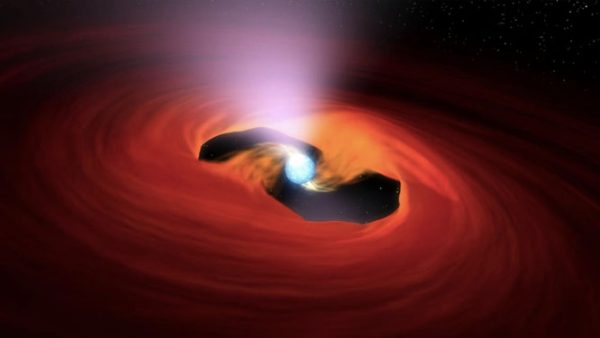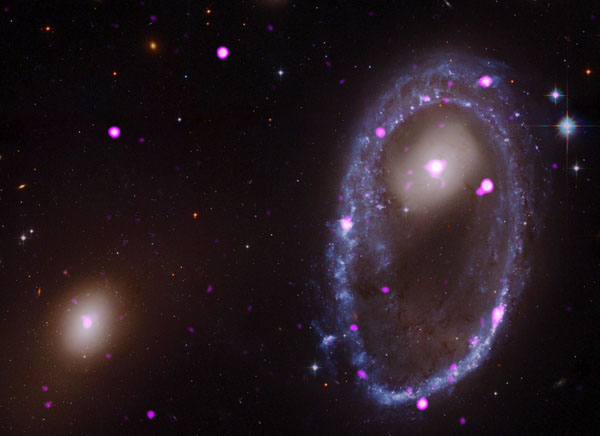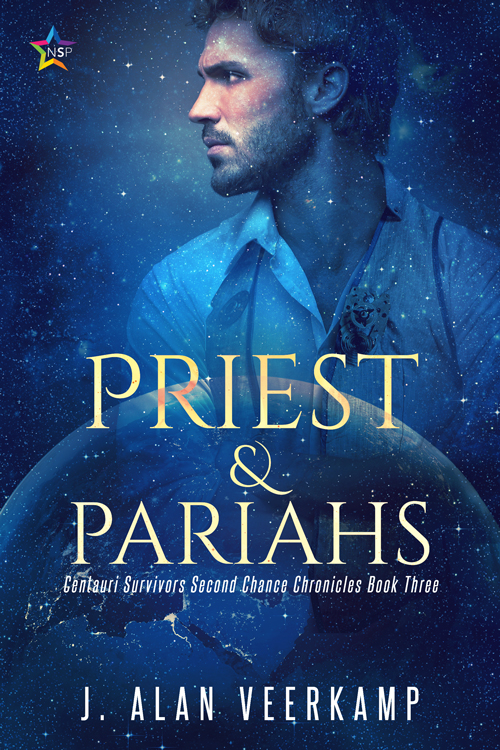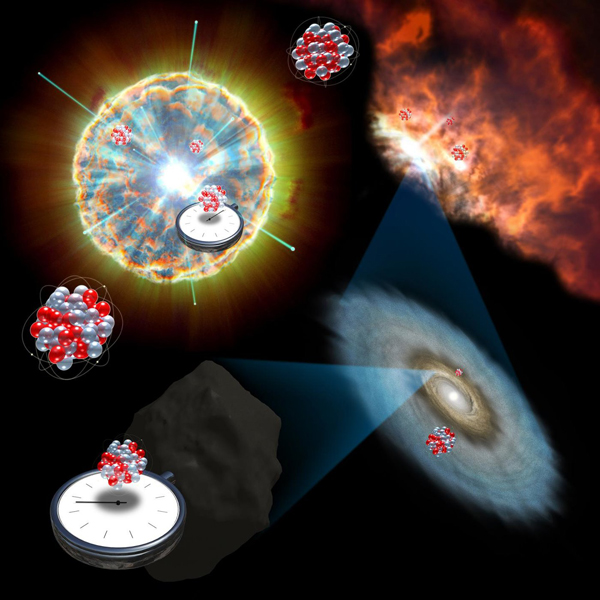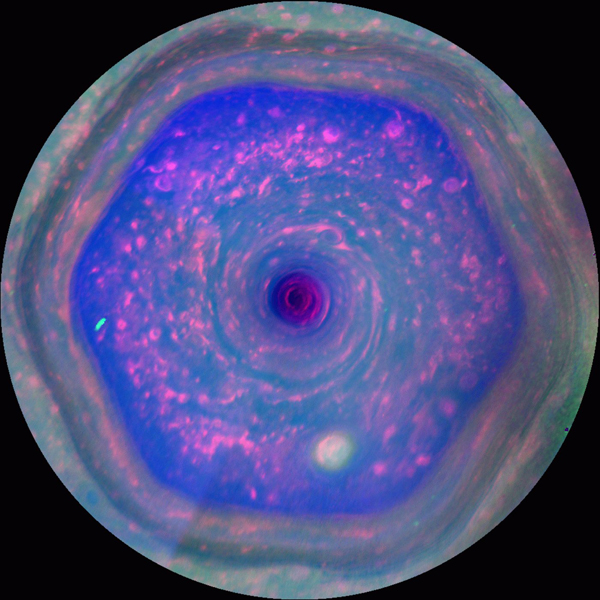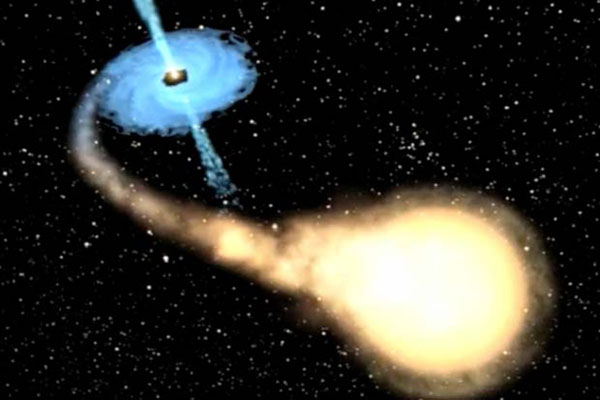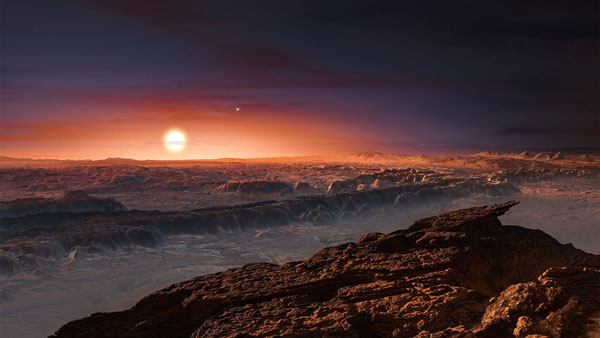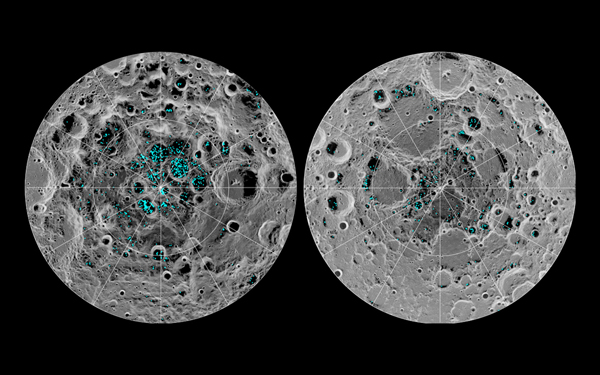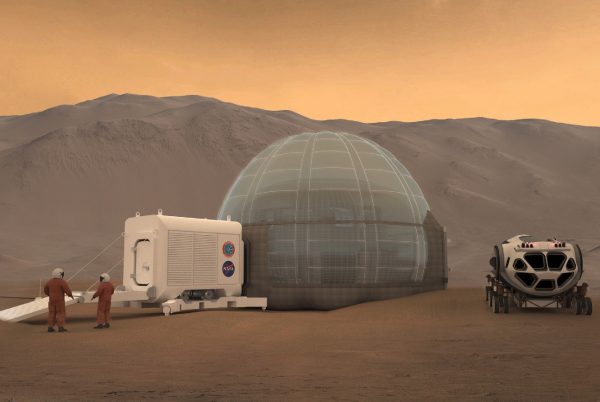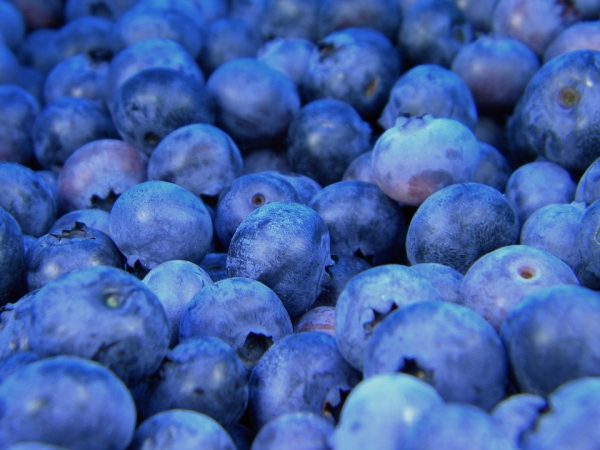SPACE: Making Nuclear Pasta – Live Science
How to cook “nuclear pasta” in three easy steps: 1. Boil one large, dying star until it goes supernova and explodes. (This could take a billion years, so be patient.) 2. Vigorously stir any leftover protons and electrons inside the star’s shriveled core until they merge into a soup of ultradense neutrons. Apply as much gravity as necessary. 3. Scrunch the neutron stew into an airtight sphere the size of Toronto. Cover in a crystalline crust and serve at 1.08 million degrees Fahrenheit (600,000 degrees Celsius). Voila! You have just made one of the universe’s strangest concoctions — nuclear pasta. … Read more



